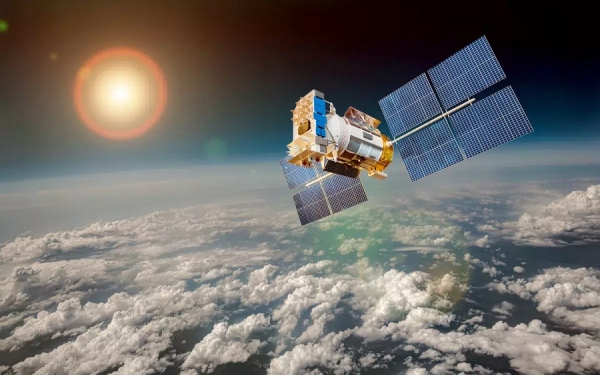Researchers at the Institute for Atmospheric and Earth System Research (INAR) at the University of Helsinki have found that modern weather models can accurately predict the energy that Earth emits and reflects into space, which directly affects the movements of low Earth-orbiting (LEO) satellites.
Researchers at the Institute for Atmospheric and Earth System Research (INAR) at the University of Helsinki have found that modern weather models can accurately predict the energy that Earth emits and reflects into space, which directly affects the movements of low Earth-orbiting (LEO) satellites. By leveraging these models, the researchers gained insights into how LEO satellites respond to weather events below, such as tropical cyclones with tall and reflective clouds. The results were published in the Journal of Geophysical Research in April.
In the study, the researchers utilized numerical weather models. They are sophisticated computer simulators that predict future atmospheric conditions based on current observations and laws of physics.
“Numerical weather models not only simulate weather patterns but also calculate various parameters, including the Earth's energy emissions and reflections under various weather conditions. By analysing these simulations, we sought to understand how changes in weather, such as cloud cover and storms, influence the movement of satellites, affecting their ability to fulfil their intended duties”, says Sanam Motlaghzadeh, lead author of the study and doctoral researcher at INAR, funded by the Nessling Foundation.
Read more at: University of Helisinki
Atmospheric scientists have gained new insights into how weather conditions impact satellites orbiting the Earth at low altitudes. (Photo Credit: Mostphotos)




